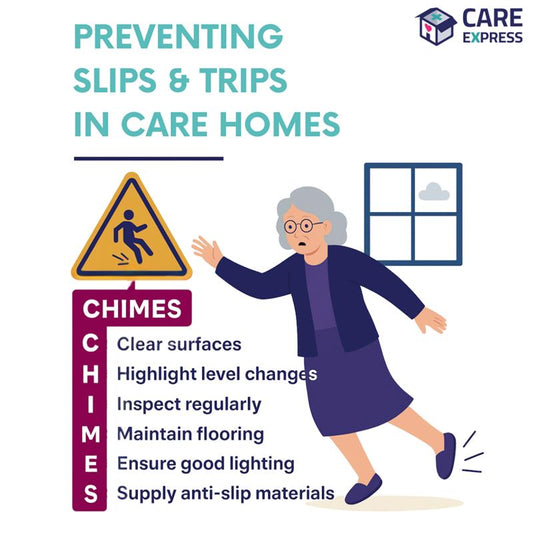The 5 Most Common Injuries Faced by Care Workers
Care workers play a vital role in providing essential services to individuals in need, such as the elderly, disabled, or those with medical conditions. While their work is incredibly rewarding, it can also be physically demanding and comes with its own set of risks. In this article, we will discuss the five most common injuries faced by care workers: back injuries, trips and falls, needle sticks, chemical exposure, and carpal tunnel syndrome.
Back Injuries
Back injuries are perhaps the most prevalent and challenging issue faced by care workers. The nature of their work often involves lifting, transferring, and repositioning clients, which can put significant strain on the spine. Inadequate training or improper body mechanics can increase the risk of back injuries. To prevent such injuries, care workers must receive proper training on safe lifting techniques and utilise assistive devices when necessary. Employers can also play a role by providing ergonomic equipment and creating safe work environments.
Trips and Falls
Care workers frequently work in environments where they move quickly to provide care, and these situations can lead to trips and falls. Hazards such as wet floors, cluttered walkways, or even uneven surfaces can contribute to accidents. Employers should maintain a safe workspace by addressing potential tripping hazards and encouraging care workers to be vigilant. Adequate lighting, non-slip flooring, and regular safety inspections can reduce the risk of trips and falls.
Needle Sticks
Needle sticks and other sharps injuries are a particular concern for care workers who administer medications or perform various medical procedures. Accidental punctures with needles or other sharp objects can lead to the transmission of bloodborne pathogens. Proper training on needle safety and the use of safety-engineered devices are essential in preventing such incidents. Additionally, strict adherence to infection control protocols and the disposal of sharps in designated containers can minimise the risk of needle sticks.
Chemical Exposure
Care workers in healthcare settings may be exposed to various chemicals, including cleaning agents, disinfectants, and medications. Prolonged exposure to these substances or improper handling can result in adverse health effects. Employers should provide comprehensive training on chemical safety, the proper use of personal protective equipment, and the importance of following safety data sheets. Adequate ventilation and regular workplace assessments are also crucial to minimise the risk of chemical exposure.
Carpal Tunnel Syndrome
Carpal tunnel syndrome (CTS) is a common musculoskeletal issue among care workers who frequently perform repetitive tasks, such as typing, writing, or using hand tools. CTS is characterised by pain, numbness, and weakness in the hand and wrist due to compression of the median nerve. Care workers can prevent CTS by taking regular breaks, maintaining proper wrist ergonomics, and using ergonomic tools when necessary. Employers can also provide ergonomic assessments and solutions to reduce the risk of CTS.
Care workers provide essential support to those in need, but their work is not without its challenges, including the risk of injuries. Back injuries, trips and falls, needle sticks, chemical exposure, and carpal tunnel syndrome are some of the most common injuries faced by care workers. To create a safer and healthier work environment, it is crucial for both care workers and their employers to prioritise safety, receive proper training, and implement preventative measures. By doing so, we can ensure that care workers continue to deliver high-quality care while protecting their own well-being.








